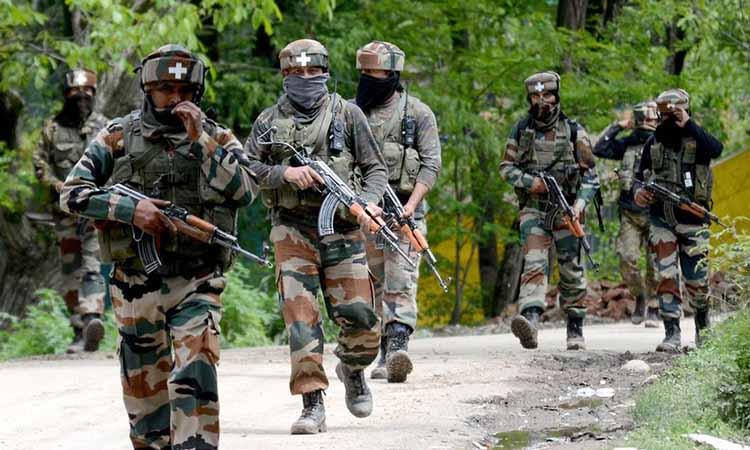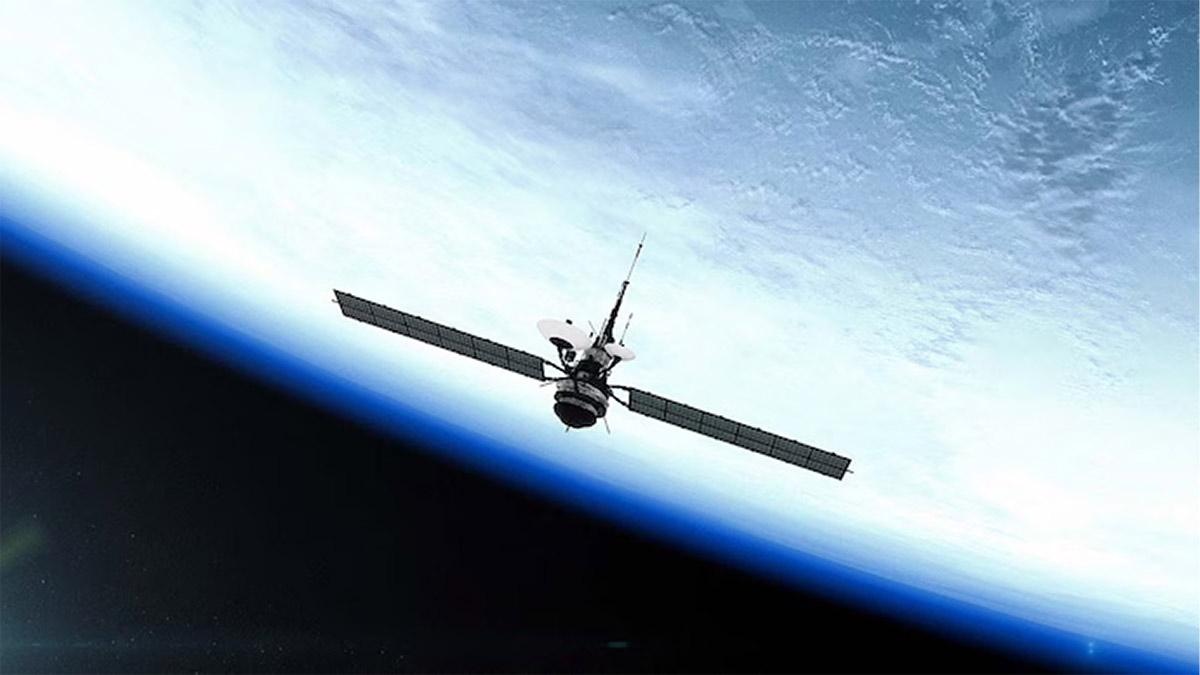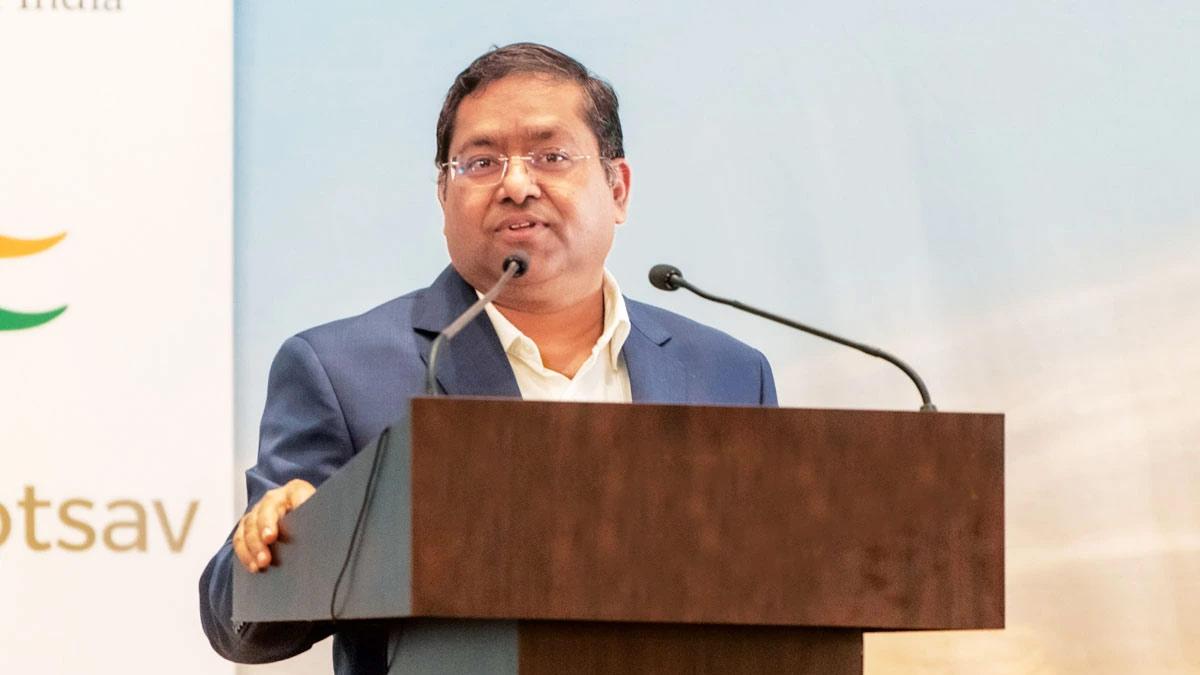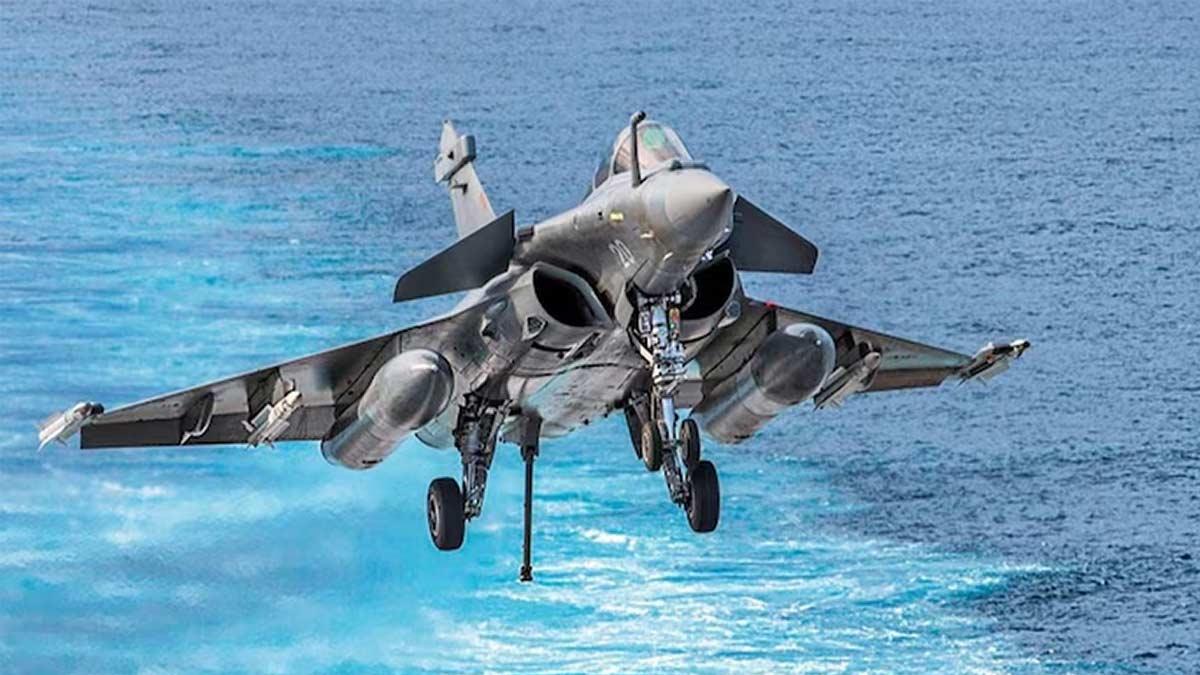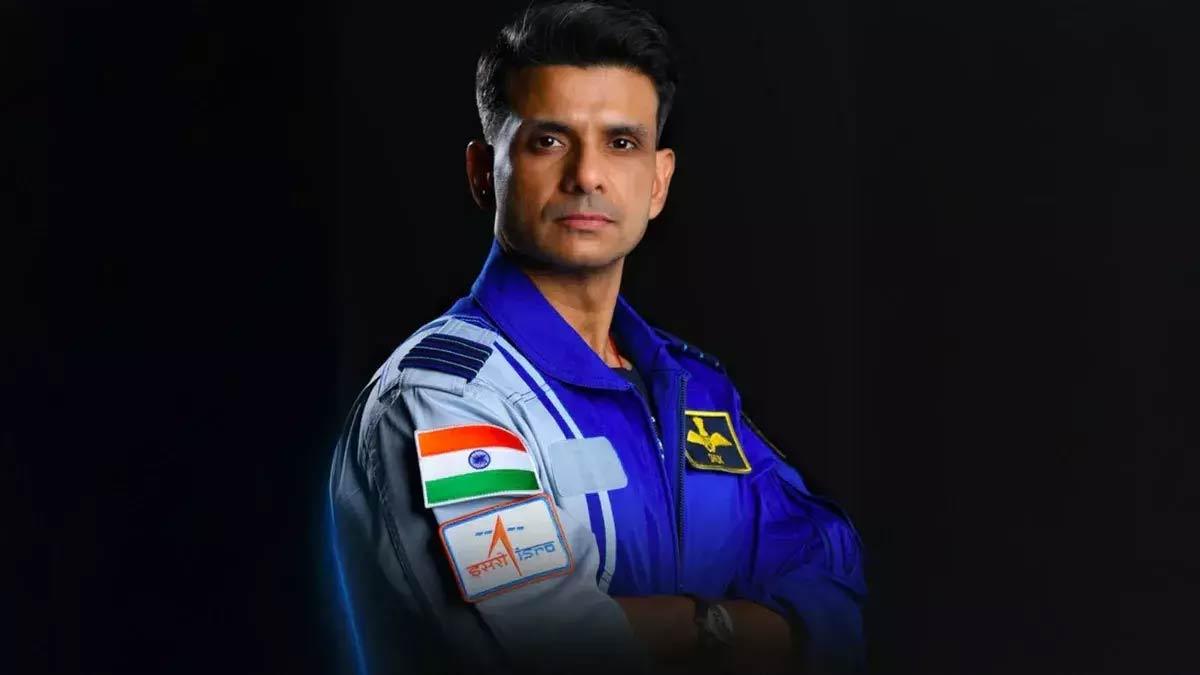The Indian Military has been undergoing major overhaul shifts as Prime Minister Narendra Modi’s government moves closer to the US with Quad security dialogue in pursuit to tackle China’s border advancement.
The newly created Department of Military Affairs ordered the Indian Army unit which is overseeing the Pakistan border, to draw up a plan for integrating all the three sections of the military, the Navy, the Air Force and the army.
This model is already followed by China, the US and Australia. The latter two countries incorporated this model in 2016. India is planning to replicate this model throughout the country by 2024, marking a new operating structure, the Times of India reported quoting its sources.
Also Read | India snaps back at China for accusation over Galwan Valley clashes
The advancement has been gaining prominence due to the US’ core efforts to build new alliances in the Indo-Pacific region and strengthen its military presence to contain China’s growing dominance. PM Modi on Friday met the leaders of the Quad nations -- the first-ever in-person meeting -- to emphasise the importance of the alliance.
Among other alliances, a key one was struck between Australia, the UK and the US is known as AUKUS, which will see Canberra equip nuclear missiles. India accelerated its process of transforming its army as well, knowing that the US and the UK are committed to strengthening their positions in the Indo-Pacific region.
“The Quad partners have previously found that they can only exercise with one Indian service at a time -- for example, the navy but no air force, or air force but not navy,” said David Brewster, a senior research fellow at the National Security College of the Australian National University who wrote the book “India as an Asia Pacific Power.” “This severely hampers cooperation when many if not most operations will be joint.”
Also Read | At 31K new cases, India's active Covid load lowest in 188 days
The transformation among the Indian Army was placed on cards for several years now but due to turf wars, major bureaucrats resisted the change. However, the transformation seems inevitable now that major geopolitical shifts are happening all around the south Asian continent. The segregated sections of the military had also been proved to be inefficient, which countries like the US, Australia, and China assessed and eliminated earlier.
“India’s siloed approach to training, planning and operations created a dissonance when working with other more ‘modern’ militaries,” said Anit Mukherjee, associate professor at the S Rajaratnam School of International Studies in Singapore. “Over the last five years, the challenges to the Indian military have grown manifold and it is an open question whether they have been able to match those challenges.”
Recently, the Ministry of Defence placed an order worth ₹7,523 crores to procure 118 Main Battle Tanks (MBTs) Arjun for the Indian Army. The defence ministry placed an order with Heavy Vehicles Factory (HVF), Avadi, Chennai for the supply of 118 Arjun Mk-1A tanks. According to Defence Ministry, the tank has been designed and developed by Defence Research & Development Organisation (DRDO) by incorporating numerous upgrades on Arjun MBT, the in-service main battle tank with the Indian Army.

